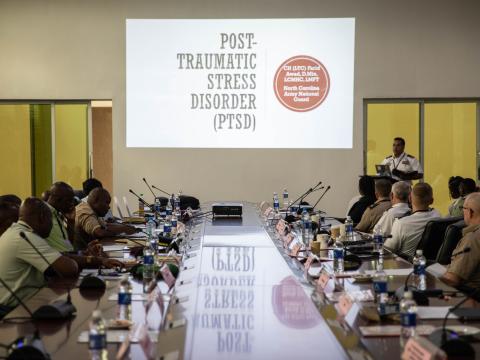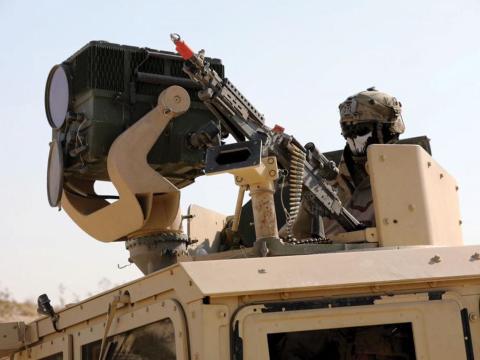An Agency In Transformation
The Defense Information Systems Agency (DISA) is in the final stages of planning and executing its Base Realignment and Closure (BRAC) move from
Nowhere has the change in cyber structure and emphasis been more profound than in the U.S. Defense Department, where a new sub-unified command has been proposed and is in confirmation. The military services each have created a component command, and responsibilities are being defined/redefined and shifting. Lt. Gen. Carroll F. Pollett,
Early next month—May 3-7, 2010—DISA will hold its Customer Partnership Conference in
Before attending the DISA Customer Partnership Conference, you should do some homework. Under Gen. Pollett’s leadership, DISA recently published the DISA Campaign Plan 2010, subtitled “Enabling Information Dominance.” Starting with its vision—“Leaders enabling information dominance in defense of our nation”—and the mission—“DISA, a combat support agency, engineers and provides command and control (C2) capabilities and enterprise infrastructure continuously operating and assuring a global network-centric enterprise in direct support to joint warfighters, national-level leaders, and other mission and coalition partners across the full spectrum of operations”—a reader immediately can recognize that this campaign plan is not a rehash of the past.
Not surprisingly, given Gen. Pollett’s background, the campaign plan is organized into Lines of Operation and Joint Enablers, which are terms generally embraced by the combatant commands. The campaign plan describes three lines of operation: Enterprise Infrastructure; Command and Control and Information Sharing; and Operate and Assure. The plan also lists nine joint enablers: Acquisition; Contracting; Engineering; Information and Knowledge Management; People; Planning; Resources; Spectrum; and Testing.
The planned way forward in each of these areas is interesting reading, and I think the best way to understand the framework for the future DISA is by reviewing this plan. It is available on the DISA Web site, www.disa.mil, so there is no excuse for not getting to it soon.
Leading through this aggressive path while operating in a changing defense—particularly cyber—environment and relocating to
We in the community must understand that we have a responsibility to support DISA and the nation. That duty begins with understanding what we can do to help and what the priorities are. I encourage everyone to engage with DISA if you have not done so already and to educate yourselves on the agency’s path. A good way to begin is to read the DISA Campaign Plan 2010 and to attend and participate in the DISA Customer Partnership Conference next month in



